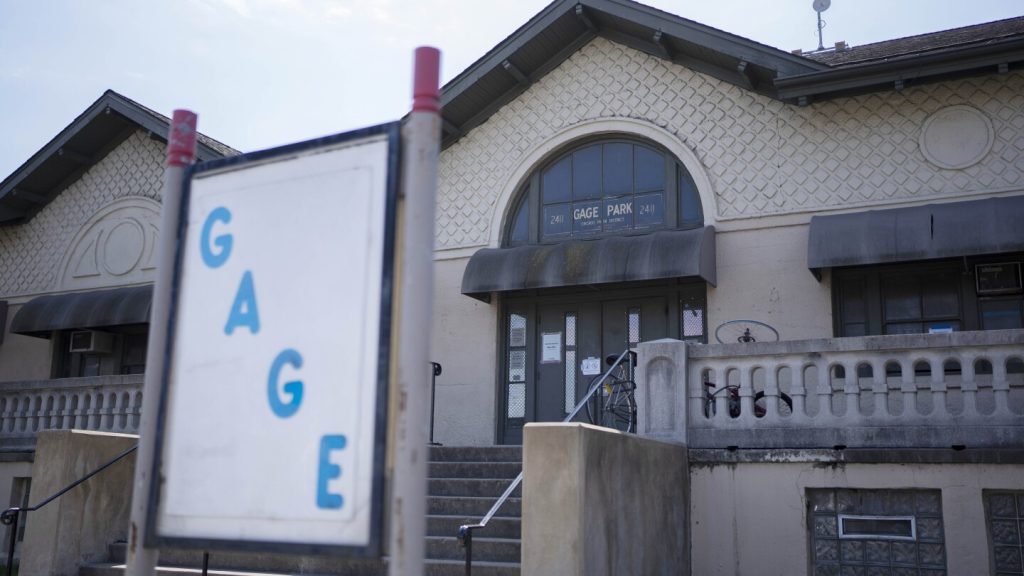Chicago plans to close five shelters for migrants in order to reopen park district buildings for summer activities. The decision comes as the city continues to struggle with meeting the needs of people arriving from the U.S. border with Mexico. Mayor Brandon Johnson announced the plan, stating that the shelters were no longer necessary and that the park facilities would be transitioned back to their intended purpose in time for summer programming.
Since 2022, over 37,000 migrants have arrived in Chicago, many coming from countries like Venezuela where poverty and social crisis have driven millions into poverty. The city initially used police stations and airports as temporary shelters, but residents surrounding park district fieldhouses have protested their use as shelters since last summer. As of Friday, more than 10,000 people remain in city-run shelters, down from a peak of nearly 15,000 in January. The city has not specified when all the park buildings will be empty, but the process is expected to take several weeks.
While the city is closing these five shelters, nearly 20 other temporary shelters, including churches, hotels, libraries, and former warehouses, are still in operation throughout Chicago. The largest shelters are housing over 1,000 people, while others have counts closer to 100. Chicago is aiming to move people to other shelters closer to the park buildings, particularly families with children enrolled in nearby schools. The city began enforcing a 60-day limit on shelter stays in mid-March, but exemptions for families with children in school have meant few people are being evicted so far.
Volunteers working with migrants expressed concerns about the forced move disrupting the efforts of migrants to find work and get their children to school. While they understand the desire to have park district facilities back for summer programs, volunteers believe the move will be extremely disruptive for migrants. People living in the park-based shelters have received little information about the city’s plan, including where they might be moved. The city has reported that more than 15,000 people have found other housing since 2022, many with the help of rental assistance programs provided by the state.
Asylum seekers in the immigration court system must notify officials when they change addresses to ensure they receive notifications from the court. Missing court dates could potentially lead to deportation. While the closure of these shelters may help to accommodate summer activities in park district buildings, the forced relocation of migrants raises concerns about the impact on their ability to find work and access to education for their children. The city of Chicago continues to navigate the challenges of supporting migrants while balancing the needs of existing residents.


